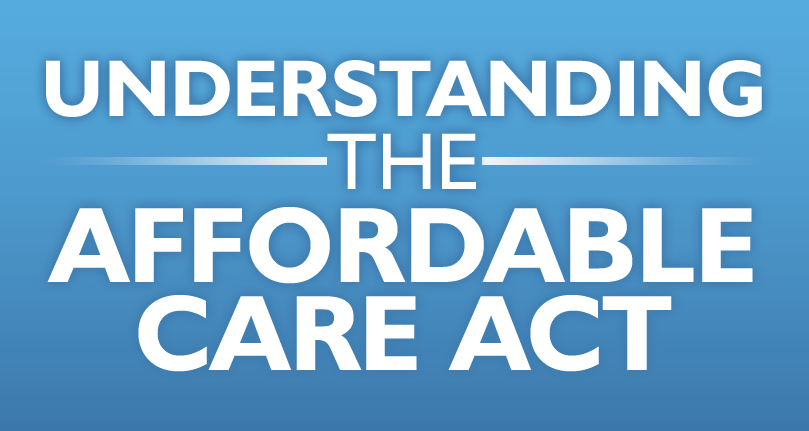
The Affordable Care Act (ACA) is changing the lives of millions of uninsured Americans by offering low-cost health care. Young adults in particular will benefit from the changes made by the ACA.
Young adults can now stay on their parents’ insurance until they’re 26-years-old. This is probably the biggest change in health care policy that will effect the younger population.
Prior to the enactment of the ACA, insurers could remove dependent adult children from their parents’ plan because of age, regardless if they were still in school or not, according to the U.S. Department of Labor.
Additionally, adult children who graduated from high school or college and who had not found a job were also left without insurance.
Gene King, the director of the Ohio Poverty Law Center, said this could cripple a young adult going into their post-graduation life.
He said he had to buy health insurance for his daughter after she graduated from college. He said it was expensive but manageable for his family’s budget.
“For many people, that would have been a problem,” he said.
“They couldn’t have bought insurance and that college graduate, who had done everything right: gone to school, finished college, headed out in the world, would have a gap in insurance. And that could have set up all sorts of horrible situations with pre-existing conditions and with substantial debt.”
The ACA has also put an end to lifetime caps and denial of coverage because of pre-existing conditions.
This is especially good news for young adults, who may have previously had trouble finding insurance after leaving their parents’ plans.
Young adults do not have to stay on their parents’ plans if their employer has better benefits or if they want to enroll in coverage through a health insurance Marketplace.
A Marketplace is a site where eligible citizens can enroll in health insurance through the federal (healthcare.gov) or a state partnership website.
The expansion of Medicaid in Ohio will also have an impact on young adults without parental insurance.
The expansion now covers anyone with an income that is 138% of the federal poverty level (about $15,000 a year).
A younger demographic enrolling in healthcare through the ACA could also help offset insurance costs.
Kathleen Gmeiner, project director for Ohio Consumers for Health Coverage at the Universal Health Care Action Network, said young adults were specifically targeted in enrollment campaigns.
“A lot of the effort has been to get young adults enrolled because they do bring to the Marketplace a younger, healthier demographic that helps the spreading of risk in the insurance plans,” Gmeiner said.
Despite these steps forward, Randolph Quaye, the director of Black World Studies at OWU and an expert in the sociology of health and illness, said the ACA is just the beginning of healthcare reform.
“It’s a first step,” he said.
“Obviously, the broader goal of addressing our health care concerns is really addressing the inequality of our healthcare delivery systems. We need to find a away of training more doctors. We also need to create an environment where people take responsibility for their health, so more preventative measures. That, I think, is part of the ACA.”
Young adults are, however, not exempt from the fee for not enrolling in coverage. The ACA required every adult to enroll in health insurance by March 31.
Any young adult who does not fall into an exemption will have to pay $95 or 1 percent of his or her income, whichever is higher.
Exemptions can be made, which range from not being able to pay the lowest-cost coverage to religious objections to incarceration.